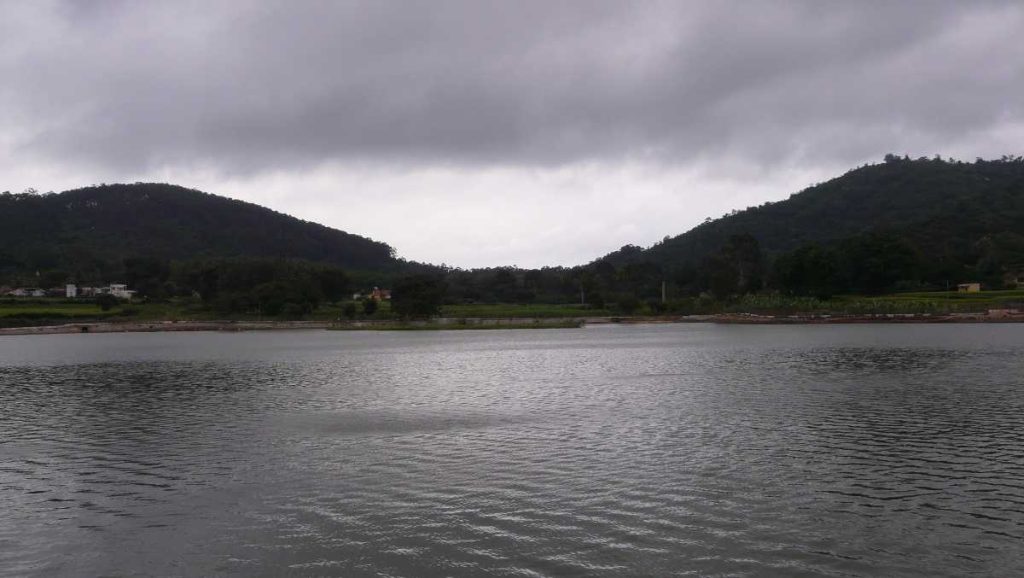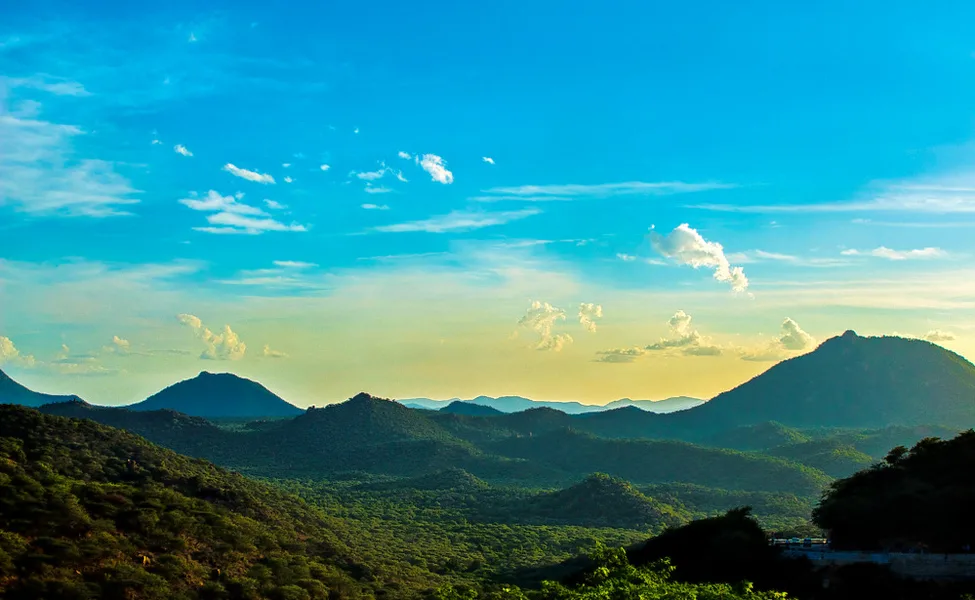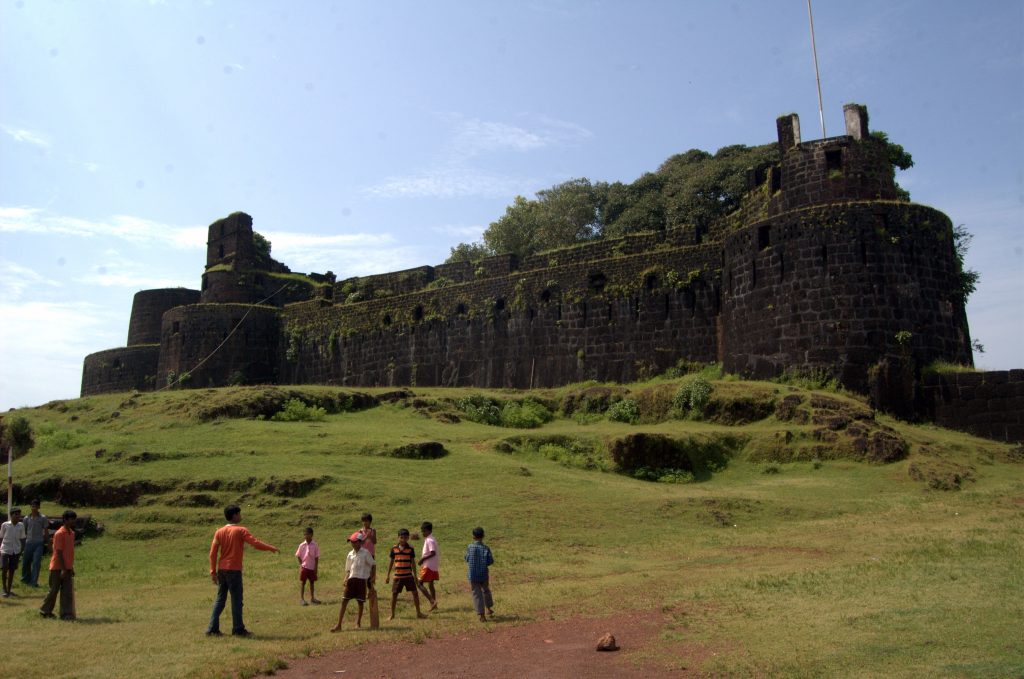
The Ultimate Guide to Yelagiri Weather and Climate
You should consider the Yelagiri climate and weather when making plans for your trip. Because of this, we have compiled the definitive weather and climatic guide for Yelagiri.

Do you want to get away from the city for a while and relax? Are you want to take in some stunning scenery and learn about some fascinating cultures? Then you should definitely visit Yelagiri.
Yelagiri, in Tamil Nadu, India, is a popular tourist destination and hill station. Around 30 square km in size, it is perched on a ridge 1,100 metres above sea level. Yelagiri is well-known for its beautiful scenery, verdant flora, peaceful lakes, and exciting activities.
But before you pack your bags and fly to Yelagiri, you should research the region’s environment and weather. You should consider the Yelagiri climate and weather when making plans for your trip. Because of this, we have compiled the definitive weather and climatic guide for Yelagiri.
Yelagiri Weather and Climate Overview

Climate at Yelagiri is mild all year long.Summer, winter, the south-east monsoon, and the north-east monsoon make up the region’s four seasons, but the differences between them are mild.Yelagiri2 experiences a yearly average temperature of 25.8 °C, or 78.5 °F.There is roughly 1224 mm | 48.2 inches of precipitation a year.
See below for a monthly breakdown of the weather in Yelagiri, including highs, lows, precipitation, and average wind gust velocity:
| Month | Temperature (°C) | Rainfall (mm) | Humidity (%) | Wind Speed (mph) |
|---|---|---|---|---|
| January | 22.5 / 14.9 | 6 | 64 | 7 |
| February | 25.2 / 16.6 | 9 | 58 | 7 |
| March | 28.3 / 19.1 | 15 | 54 | 8 |
| April | 30.7 / 21.4 | 42 | 54 | 9 |
| May | 31.2 / 22.1 | 75 | 58 | 10 |
| June | 29.8 / 21.5 | 102 | 66 | 11 |
| July | 28.6 / 20.9 | 99 | 69 | 12 |
| August | 28.5 / 20.8 | 86 | 68 | 13 |
| September | 28.6 / 20.7 | 120 | 67 | 13 |
| October | 27.5 / 19.8 | 178 | 71 | 12 |
| November | 25/17.4 | 143 | 73 | 10 |
| December | 23/15.5 | 47 | 69 | 8 |
From the data, it is clear that Yelagiri has a warm and humid environment for the majority of the year, with the exception of the winter months when it experiences a cooler and drier climate.During April and May, the mercury can get to a scorching 31 degrees Celsius.It can become as chilly as 15 °C in the winter, during the months of December and January.In October and November, precipitation levels often approach 140 millimetres.There is less than 10 mm of precipitation in January and February, making them the driest months.
Yelagiri shares a climate and weather pattern with neighbouring Tamil Nadu hill stations like Ooty, Kodaikanal, and Coonoor.Yelagiri, on the other hand, is both warmer and lower in height than these other locations.As with Ooty and Kodaikanal, Yelagiri receives less precipitation than Coonoor, but more than Ooty and Kodaikanal.
Yelagiri Weather and Climate by Season
With that background, let’s have a look at how the seasons affect the weather and climate in Yelagiri.Seasons in Yelagiri range from summer through winter to post-monsoon. Yelagiri is a year-round destination, and each season offers its own charms and challenges. Seasonal specifics are listed below.
Summer (March to May)
In the summer, Yelagiri is hot and sunny, with a few brief showers.With highs in the mid-20s and low-to-mid-30s, the weather is perfect for going outside and enjoying it.Humidity is about average, and the wind is blowing strongly enough to cool you off.Monthly precipitation averages about 43 millimetres, which is quite dry.
If you wish to see Yelagiri’s beautiful landscape and participate in some exciting outdoor activities, summer is the best season to go.Yelagiri has many beautiful places to visit, such as Punganoor Lake, Jalagamparai Waterfalls, Swamimalai Hills, and the Nature Park.In addition, there are exciting things to do, like paragliding, hiking, rock climbing, and ziplining.
There are, however, drawbacks to visiting Yelagiri in the summertime.It can get quite warm and sticky during the day, especially in the months of April and May.Protect yourself from the sun by bringing along things like sunscreen, hats, sunglasses, and water bottles.This is also peak tourist season in Yelagiri, when visitors seek refuge from the sweltering heat of the plains.It’s probably best if you arrange your lodgings and means of transportation ahead of time, just in case.
Monsoon (June to September)
Yelagiri’s monsoon is gloomy and damp, with daily rain.The shift from 21 degrees to 29 degrees makes being indoors more comfortable.There is a thick layer of fog since the humidity is so high and the breeze is so slow.On average, 102 millimetres (approximately 4 inches) of rain falls per month.
If you want to see the waterfalls and lush vegetation at their peak in Yelagiri, the monsoon is the best time to go.Yelagiri’s lush landscapes are beautiful after a rainstorm. The hills, valleys, woods, and plantations all come to life.The Jalagamparai Waterfalls, which are beautiful year-round, are especially impressive and plentiful in monsoon season.
But there are several drawbacks to visiting Yelagiri during the monsoon.Daytime cloud cover is common in July and August, making for a dismal and depressing atmosphere.It’s possible that you’ll need to bring along weather gear including umbrellas, coats, boots, and waterproof bags.As a result of the damp weather, many visitors skip Yelagiri during this time of year. It’s a good idea to research the route and weather conditions before setting off for Yelagiri.
Winter (October to February)
Cold, dry air with intermittent fog characterises Yelagiri winters.Temperatures in the 15–23 degree range are ideal for taking advantage of the outdoors while yet feeling comfortable.There is little to no cloud cover, and the breeze is gentle. On average, 68 millimetres of precipitation falls per month.
Participate in various traditional activities and soak up the celebratory atmosphere.During the month of May, the Tamil Nadu Tourism Development Board hosts the annual Yelagiri Summer Festival.The event features a wide range of activities, from cultural presentations and dog shows to flower displays and boat races.During the festival, you can also take part in a marathon.
A trip to Yelagiri in the winter does have its drawbacks, though.Nights and early mornings, particularly in December and January, can be rather chilly and foggy.In order to stay warm, you might need to bring along things like blankets, heaters, and flashlights.Visitors flock to Yelagiri in large numbers in the winter to take part in the annual festival and celebrate the season. Avoid any potential hassle by making hotel and transport reservations in advance.
Yelagiri Weather and Climate Tips and Advice

Now that you know what to expect from Yelagiri’s weather and environment depending on the time of year, it’s time to have a look at some useful information for planning and packing for your trip. The following are some recommendations:
- If you’re thinking about making the drive to Yelagiri, you should first check the forecast and road conditions.Sites like timeanddate.com, meteored.com, and climate-data.org are great resources for up-to-the-minute forecasts of weather conditions like temperature, precipitation, humidity, wind speed, and visibility.
- Seasonally appropriate attire and other items should be included in your suitcase. Pack some airy cotton garments, sunscreen, a hat, some shades, and some water to have on hand this summer. Umbrellas, raincoats, boots, and waterproof bags may be necessary during the monsoon. Warm clothing, blankets, heaters, and flashlights may be required during the winter months.
- Make your travel and lodging arrangements as cost-effectively and conveniently as possible. Yelagiri is home to a wide range of accommodation options, from luxury hotels to rustic cabins and everything in between. To get to Yelagiri, you can use a bus, a rail, a taxi, or a self-driven automobile, among other options.
- Create a schedule that takes into account all the things you want to see and do. Lakes, waterfalls, hills, parks, temples, and more await you at Yelagiri, as do a plethora of other attractions. Paragliding, hiking, rock climbing, ziplining, etc., are all examples of adventure sports available to you. Cultural events such as a summer festival, a marathon, a dog show, etc., are also available for your enjoyment.
- It’s important to be prepared for the fact that the weather and climate may provide some difficulties. A few examples include things like landslides, road closures, fog, heat exhaustion, dehydration, cold, diseases, and so on. To prevent accidents and other situations, you should take the required steps and adhere to safety recommendations.
Conclusion
Hopefully, you’ve learned some new things about Yelagiri’s climate and weather from this guide, and picked up some helpful pointers for adjusting your vacation plans accordingly.
Yelagiri is a stunning hill station that welcomes visitors in all seasons and with a wide range of activities.
